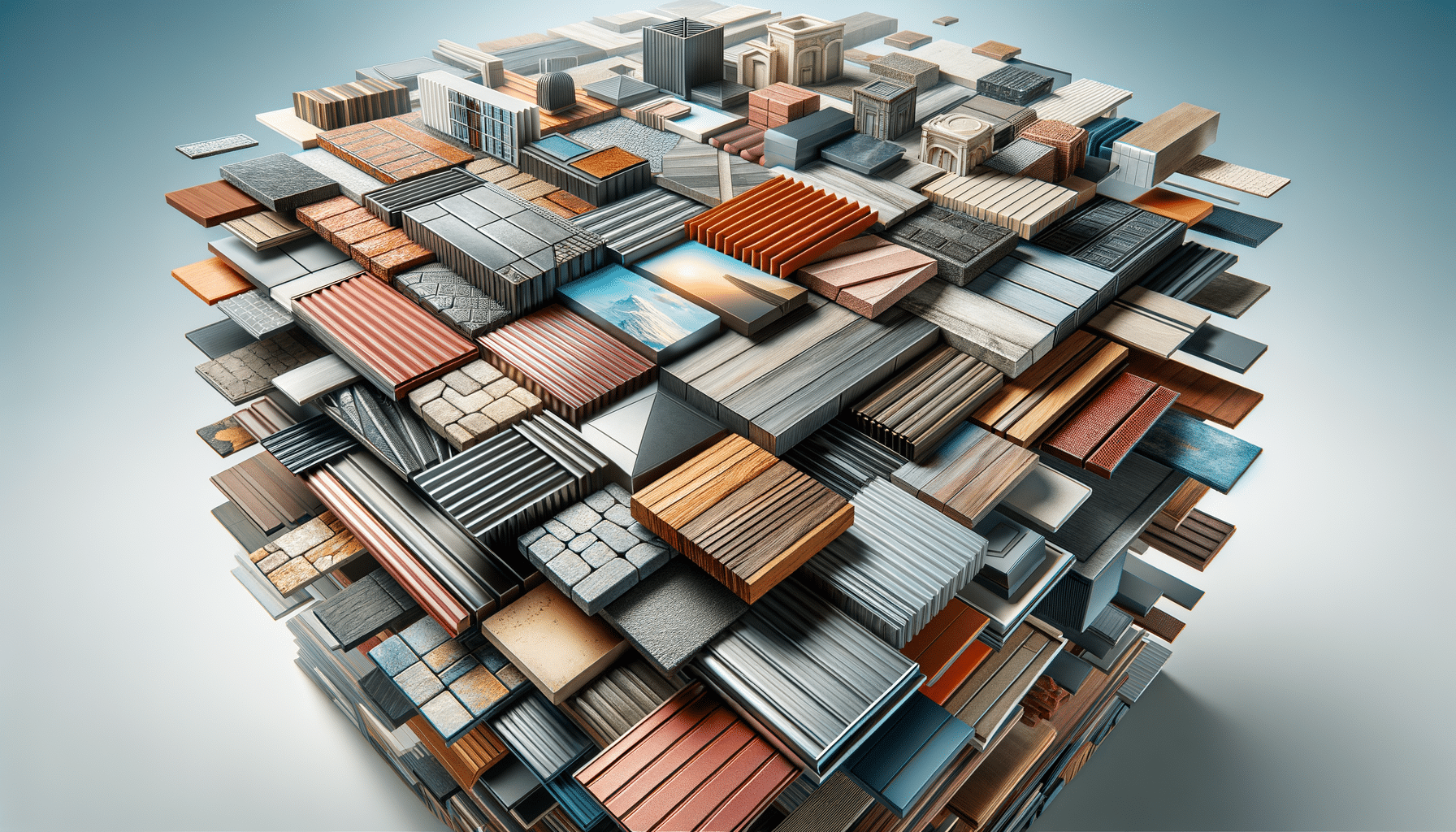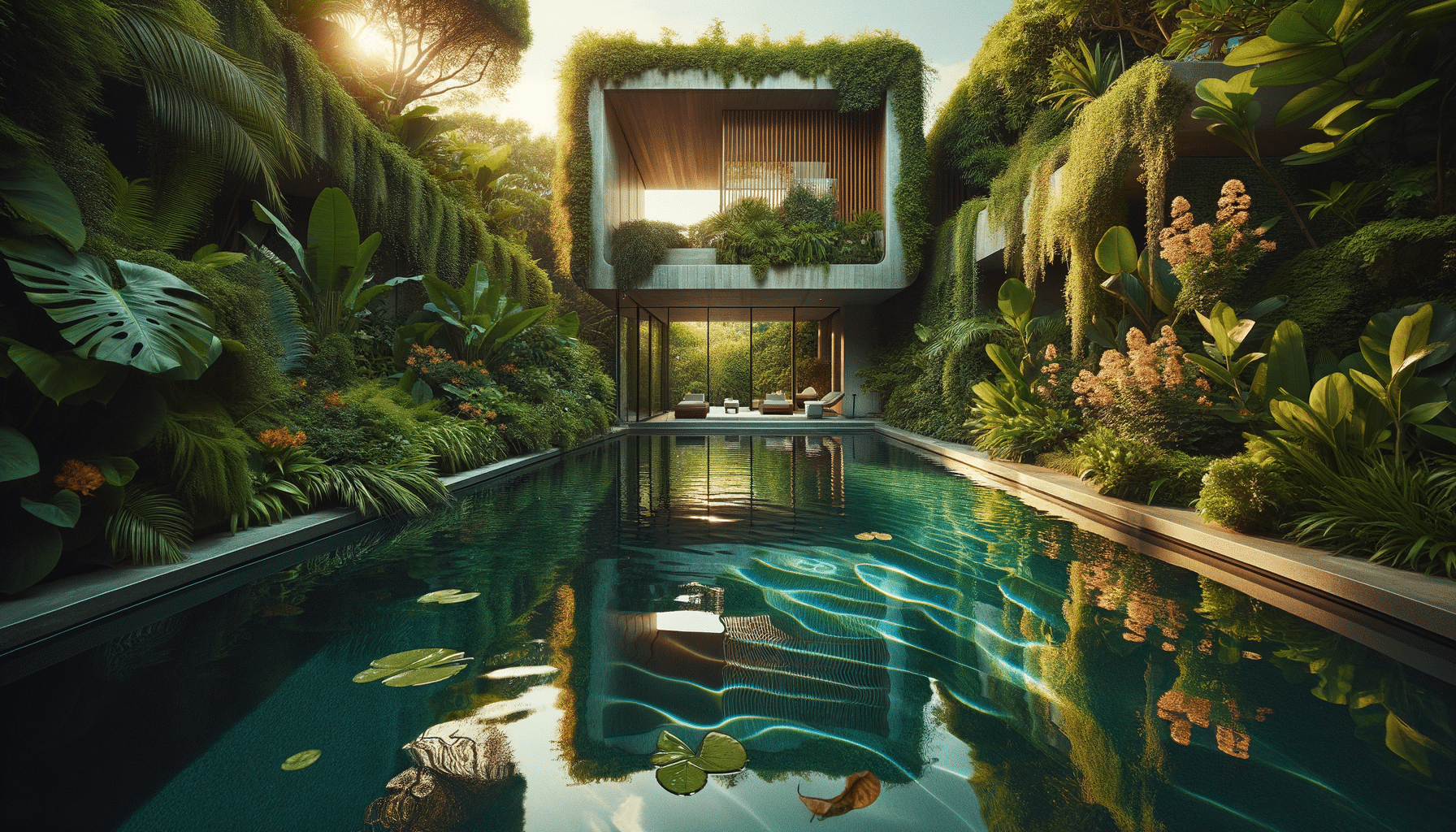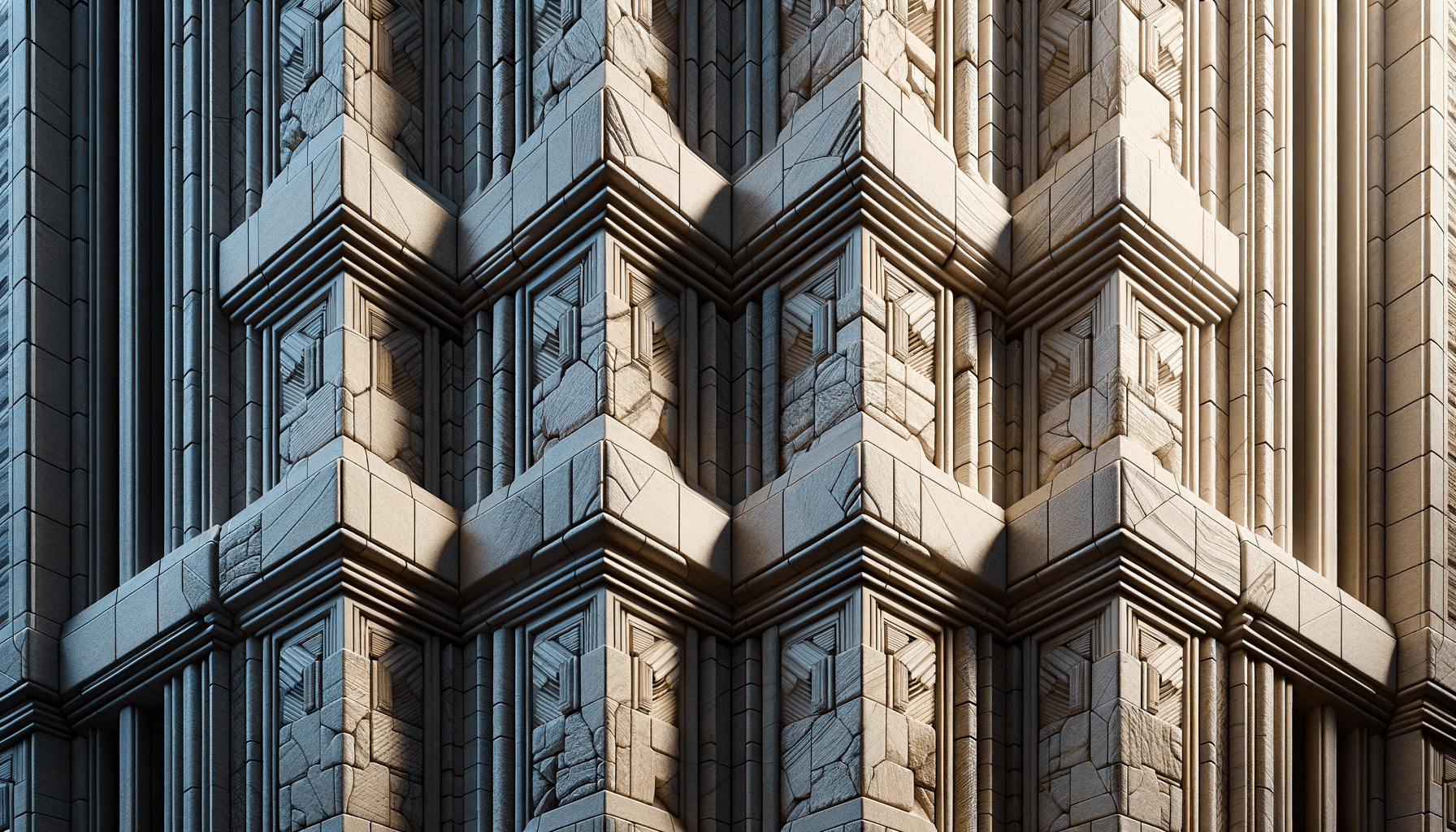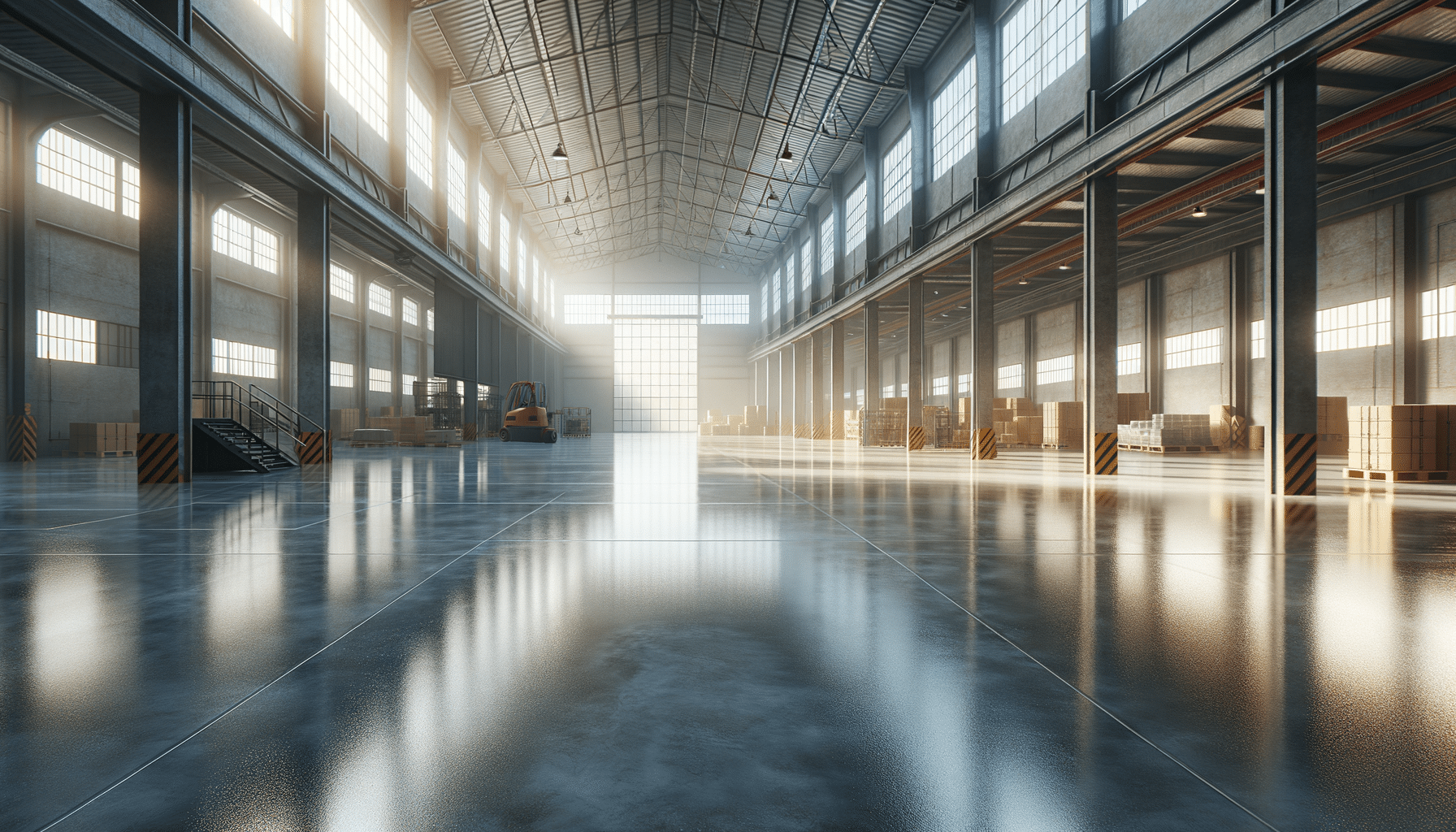
Exploring the World of Cladding Panels: A Comprehensive Guide
Introduction to Cladding Panels
Cladding panels have become an integral part of contemporary architecture, providing both aesthetic and functional advantages. These panels are used to cover the exterior of buildings, offering protection from the elements while enhancing visual appeal. As urban landscapes continue to evolve, the demand for innovative and sustainable cladding solutions has surged. In this article, we delve into the world of cladding panels, exploring their types, benefits, and applications.
Types of Cladding Panels
Cladding panels come in a variety of materials, each offering unique properties and benefits. Understanding these types is crucial for selecting the right panel for a specific project:
- Metal Cladding: Known for its durability and sleek appearance, metal cladding is often used in modern architecture. It is resistant to weather and can be made from aluminum, steel, or zinc.
- Wood Cladding: Offering a natural and warm aesthetic, wood cladding is popular for residential buildings. It requires regular maintenance to prevent weathering.
- Stone Cladding: Stone cladding provides a luxurious and timeless look. It is often used in high-end projects but can be heavy and costly.
- Composite Cladding: Made from a blend of materials, composite panels are lightweight and versatile, offering a balance between durability and aesthetics.
Each type of cladding panel has its own set of advantages and considerations, making it essential to evaluate the specific needs of a project before making a selection.
Benefits of Using Cladding Panels
Cladding panels offer numerous benefits that make them a preferred choice in construction:
- Enhanced Insulation: Cladding panels can improve a building’s thermal insulation, reducing energy costs and enhancing comfort.
- Weather Protection: By acting as a barrier against rain, wind, and UV rays, cladding panels protect the underlying structure from damage.
- Aesthetic Appeal: With a wide range of colors, textures, and finishes, cladding panels can dramatically enhance the visual appeal of a building.
- Low Maintenance: Many cladding materials require minimal maintenance, making them a cost-effective choice over the building’s lifespan.
These benefits make cladding panels an attractive option for both commercial and residential projects, contributing to their growing popularity in the construction industry.
Applications of Cladding Panels
Cladding panels are used in a variety of applications, each taking advantage of their protective and aesthetic properties:
- Commercial Buildings: In commercial settings, cladding panels are used to create sleek, modern facades that attract attention and convey professionalism.
- Residential Homes: Homeowners use cladding panels to improve curb appeal and protect their homes from environmental damage.
- Public Infrastructure: Cladding panels are also used in public buildings and infrastructure projects to create visually appealing and durable exteriors.
These diverse applications highlight the versatility of cladding panels, making them a staple in modern construction practices.
Conclusion: The Future of Cladding Panels
As architectural trends continue to evolve, cladding panels remain a key component in building design. Their ability to combine functionality with aesthetic appeal ensures their continued relevance in the industry. With advancements in materials technology and a growing emphasis on sustainability, the future of cladding panels looks promising. Whether for a sleek urban high-rise or a cozy residential home, cladding panels offer solutions that meet the demands of modern architecture.


